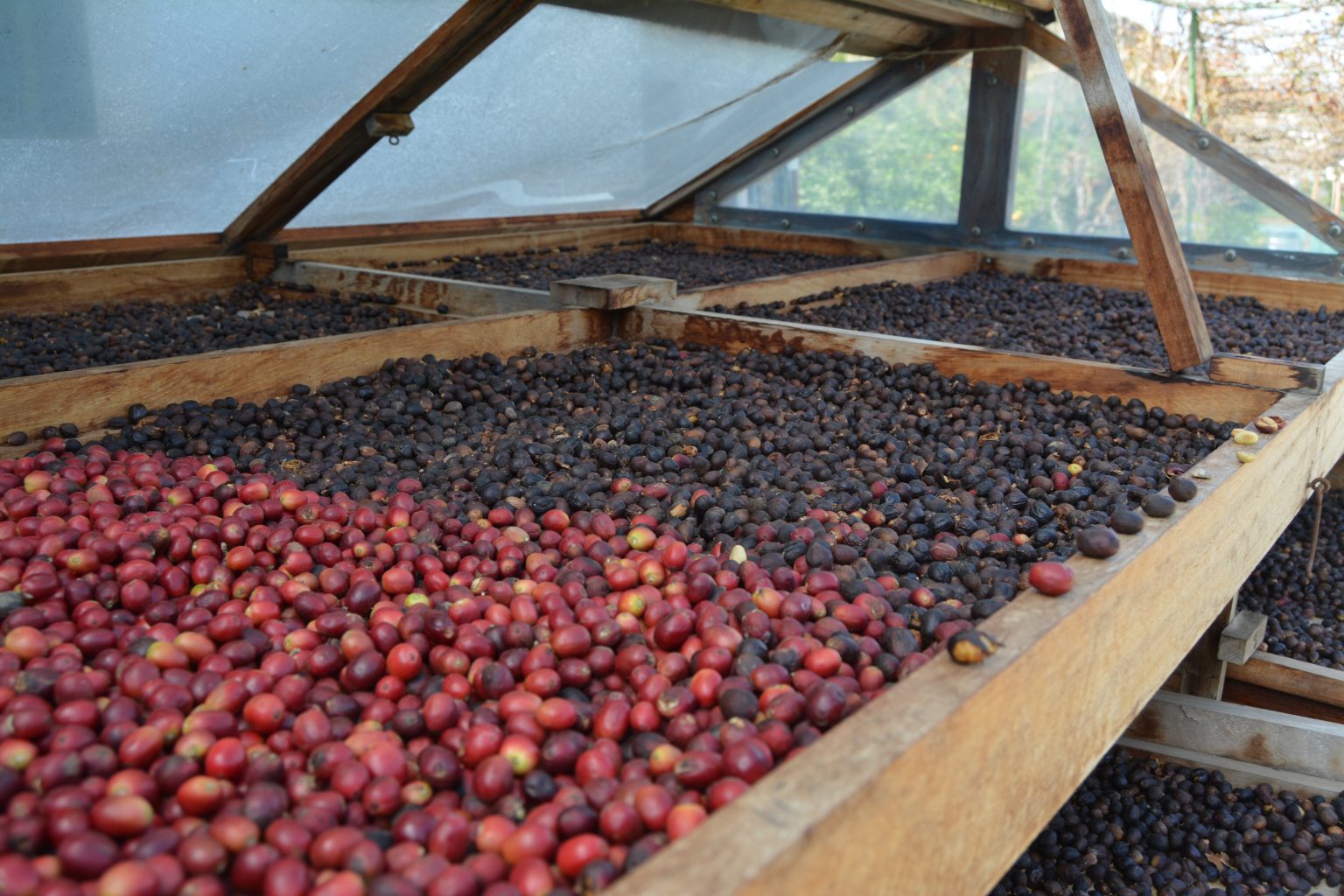
To get to know the only coffee grown in Europe, you have to go to the Agaete valley, where a few producers make one of the most gourmet coffees in the world. Coffee is obtained from the roasted seeds of the coffee tree fruits, which are usually grown in countries with a tropical or subtropical climate. It is also one of the most consumed beverages in the world, although not everything that you find under that name in a cup, deserves to be called coffee.
Agaete is a quiet town in the northeast of the island of Gran Canaria, and at the foot of the cliffs of Tamadaba where a valley opens and is home to truly gastronomic gems. Under the shade of orange, mango, avocado and guava trees and other tropical fruits that grow in volcanic soils, a treasure native to Africa is secretly harvested: coffee. There are records of the existence of coffee plantations in the Canary Islands since the 18th century but it is still little known to the general public.
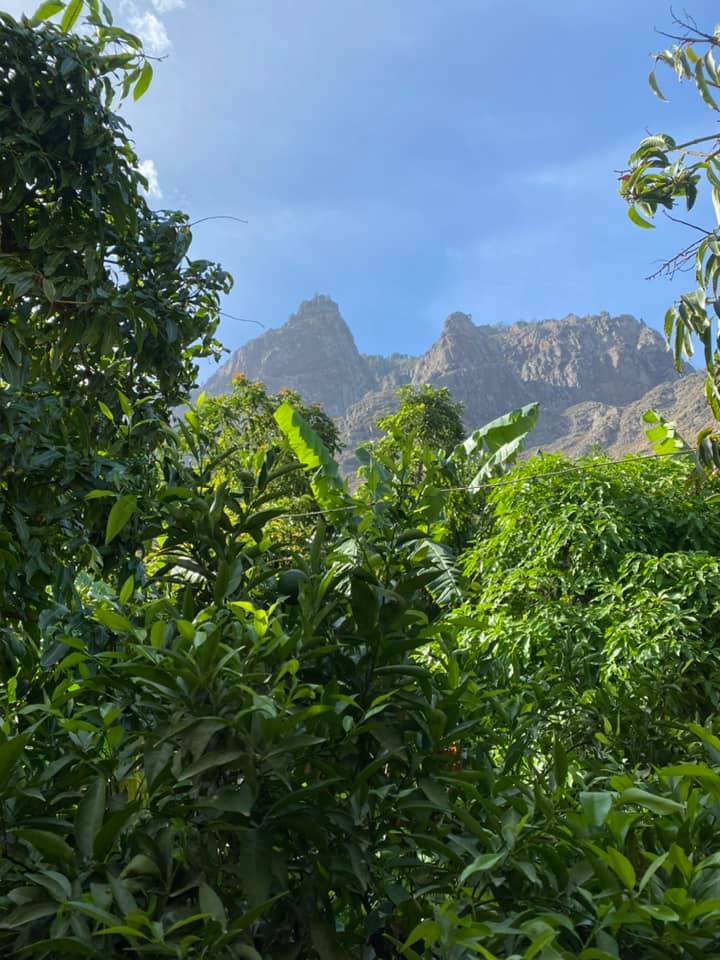
The Canary archipelago has always been an important point for the entry and exit of goods from all over the world. Coffee plantations began to be cultivated on the island of Tenerife, where its Botanical Garden of La Orotava (founded in 1788) was a benchmark in the dissemination of new exotic plants because there the plants were acclimatised. Apparently, the maritime trade between Tenerife and Agaete facilitated the entry of coffee into the region.
Today the coffee tradition is guarded by about 30 small and medium producers, who take care of the Arabica coffee plants of the Typica variety. This is a variety native to Ethiopia, which has fallen into disuse in most producing countries since coffee trees have a small yield and are also prone to many pests. On the other hand, Typica coffee is special for its flavour and aroma. Despite being a vulnerable variety, in Agaete it finds optimal growing conditions, thanks to the fact that the thermometers rarely drop below 17 or 18º. Coffee is grown there at an altitude of only 400 meters, while in other parts of the world they need 800 to 1,300 meters.
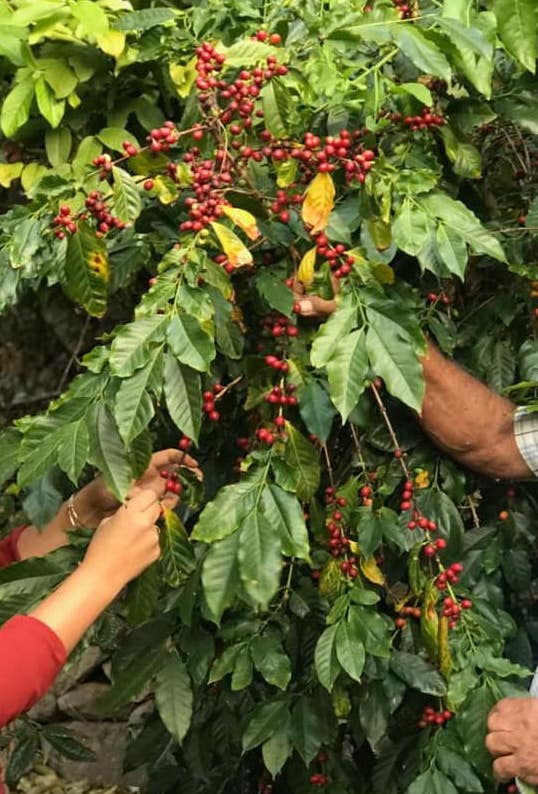
Agaete's coffee production barely exceeds 2,500 kg. per year and are grown in small coffee plantations or even in home gardens. The plants receive almost no human intervention: few producers prune the trees and the soil fertilizer is associated with the fruit plants in the environment. That is why the cultivation of this coffee is completely natural.
In the recovery of coffee plantations and maintenance of the crops, the Agroagaete Association and its program to enhance the value of coffee has played a crucial role. The entire organisation is self-managed and they have a small community area to process the coffee and roast it where, those who want to, can also package it for marketing purposes.
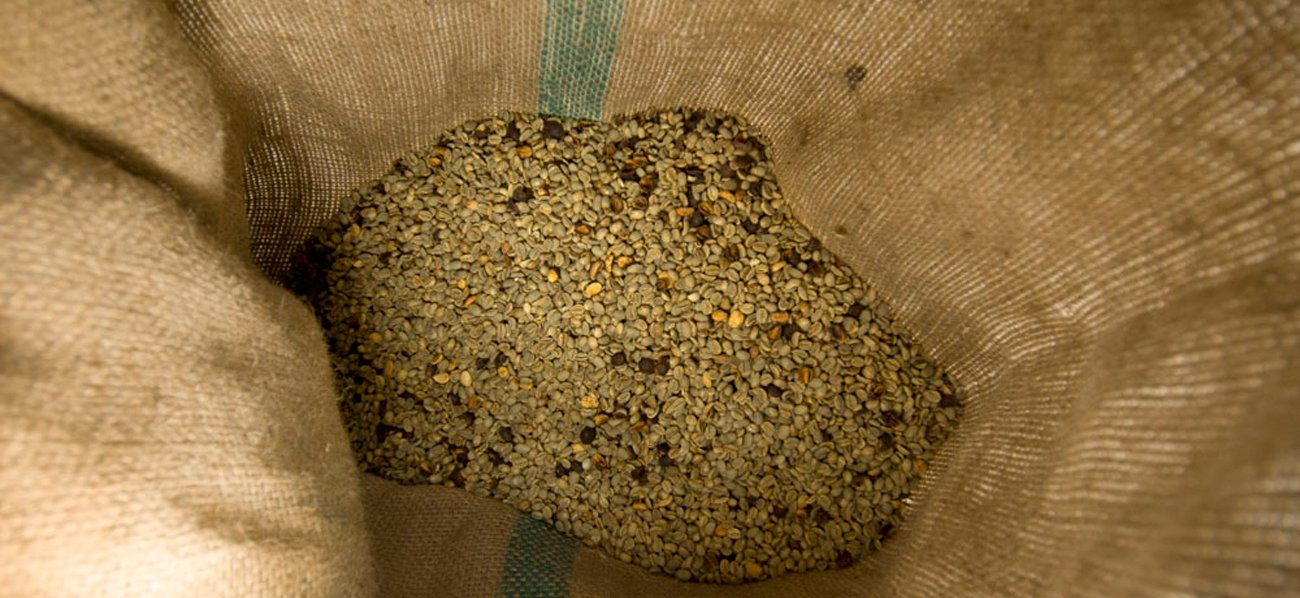
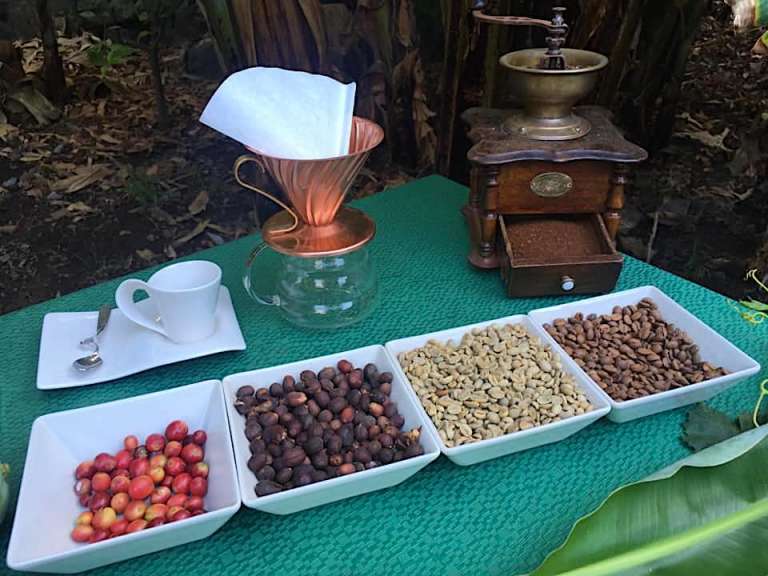
After collecting the red fruits of the coffee one by one and manually, in May they begin to make it. Plants need at least three years to bear fruit, and every seven kilos of fresh beans can only extract one kilo of roasted coffee. Normally in the market, 90% of the coffee profits are in the hands of distributors and coffee shops. This means that farmers get no more than 10% of what they produce. Since 2002, Agroagaete has tried to reverse this unfair profit logic, seeking a fair price for those who care for the coffee plantations and maintaining complete traceability of the coffee. All this gives the final product a guarantee of the highest quality.
Typica coffee from Agaete is very aromatic, smooth and enveloping. One finds aromas of chocolate, liquorice, fruits, a touch of citrus and tobacco. The flavour in the mouth is surprisingly long-lasting, while the acidity is medium but not overpowering. This coffee has less caffeine than, for example, the Robusta variety (one of the most consumed in Spain).
The coffee that is produced in the Agaete Valley is not only used for self-consumption or its commercialisation, but it is also a tourist attraction for the area. The larger farms organise guided tours of the coffee plantations and offer tastings.
Finca La Laja is one of the most important farms on the island that grow and make coffee, as well as oranges (of the Navel variety) and tropical fruits, which they pamper over their 12 hectares of farmland. It was also featured in Masterchef Spain.
Finca La Laja has a pleasant surprise though: tropical wines made in the "Los Berrazales" winery. Its wines are produced with varieties of Listán negro and Tintilla grapes, planted and cultivated by hand by the family. They also make a naturally sweet muscatel wine with malvasia, matured in French oak barrels and a semi-dry, with muscatel and malvasia varieties ((Gold Medal in the Agrocanarias 2010 regional competition), which is an explosion of aromas.
Finca La Laja is one of the most important farms and has a pleasant surprise: tropical wines made in the Los Berrazales winery. Its wines are produced with strains of Listán negro and Tintilla, planted and cultivated by hand by the family. They also make a natural sweet muscatel wine with malvasia, passed through French oak barrels and a semi-dry, with muscatel and malvasia varieties (Gold Medal in the Agrocanarias 2010 regional competition), which is an explosion of aromas.
Unlike wines, it is difficult to find Agaete coffee in shops (except in the town). Agaete coffee is a product that cannot be found anywhere. It is a rather special type of coffee, which does not have an annual harvest, not many kilos are produced each harvest, which makes it a scarce product that few places are able to offer. However, on the island, there are some establishments where you can buy this unique coffee.
Obviously, Finca La Laja as mentioned earlier (also known as the Finca de Los Berrazales), is the epicentre where Agaete coffee is sold. you can get Agaete coffee in its purest form, in grain or ground from the farm itself.
You can also buy Agaete coffee in the Corte Ingles in its Gourmet section, however, be aware that they do not have it in stock that often, so if you see it grab it!
http://www.bodegalosberrazales.com